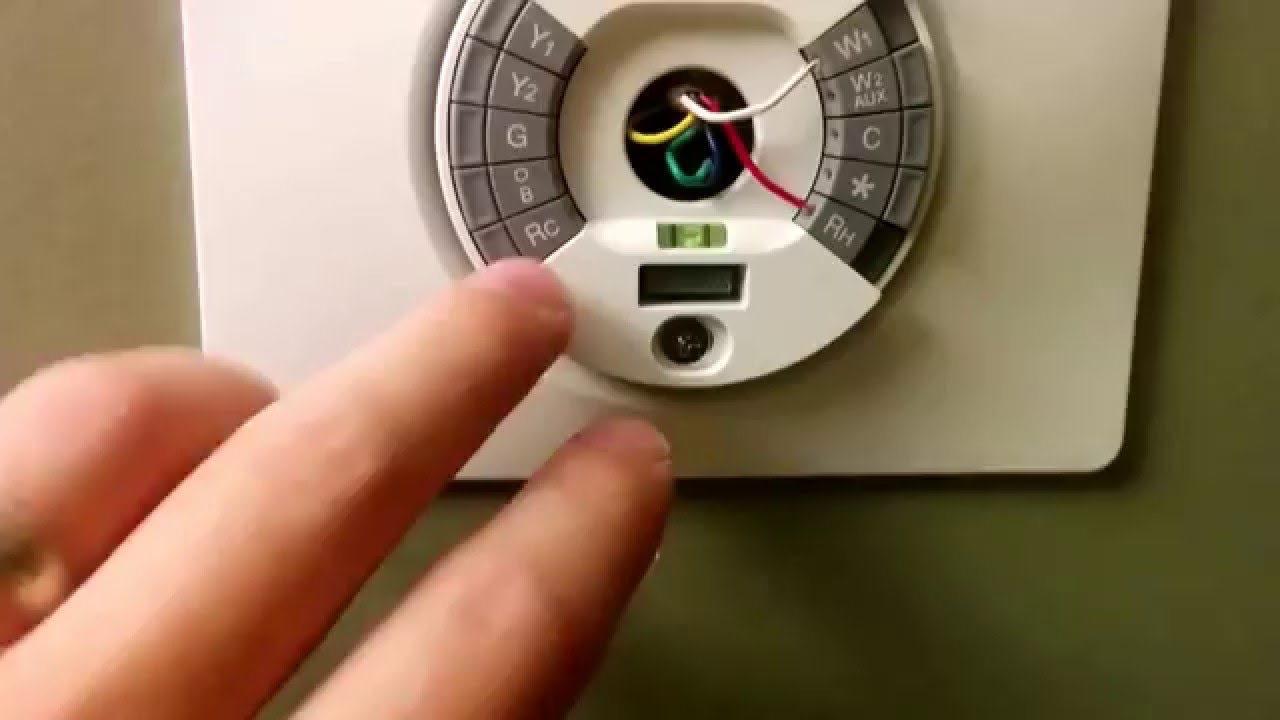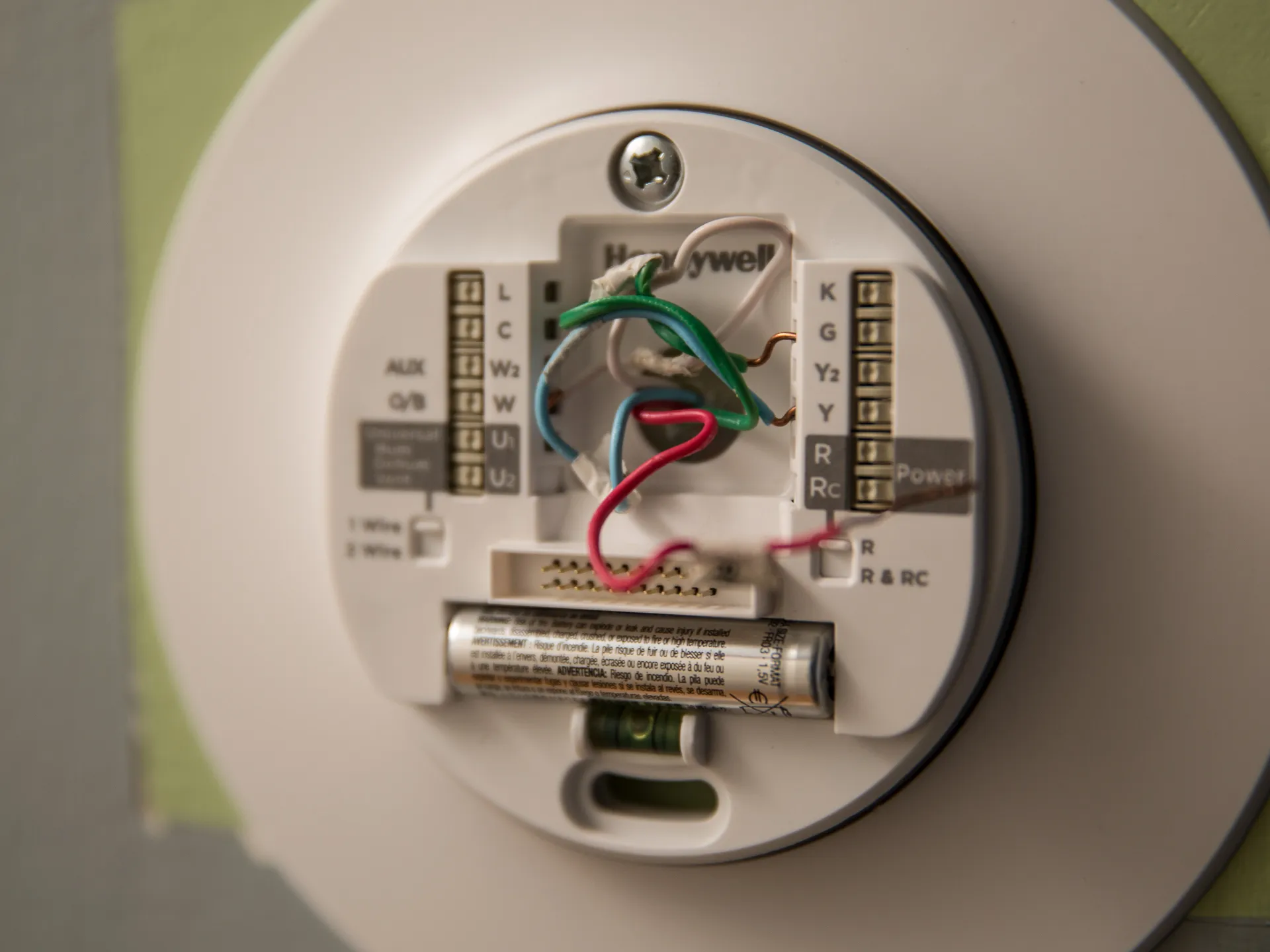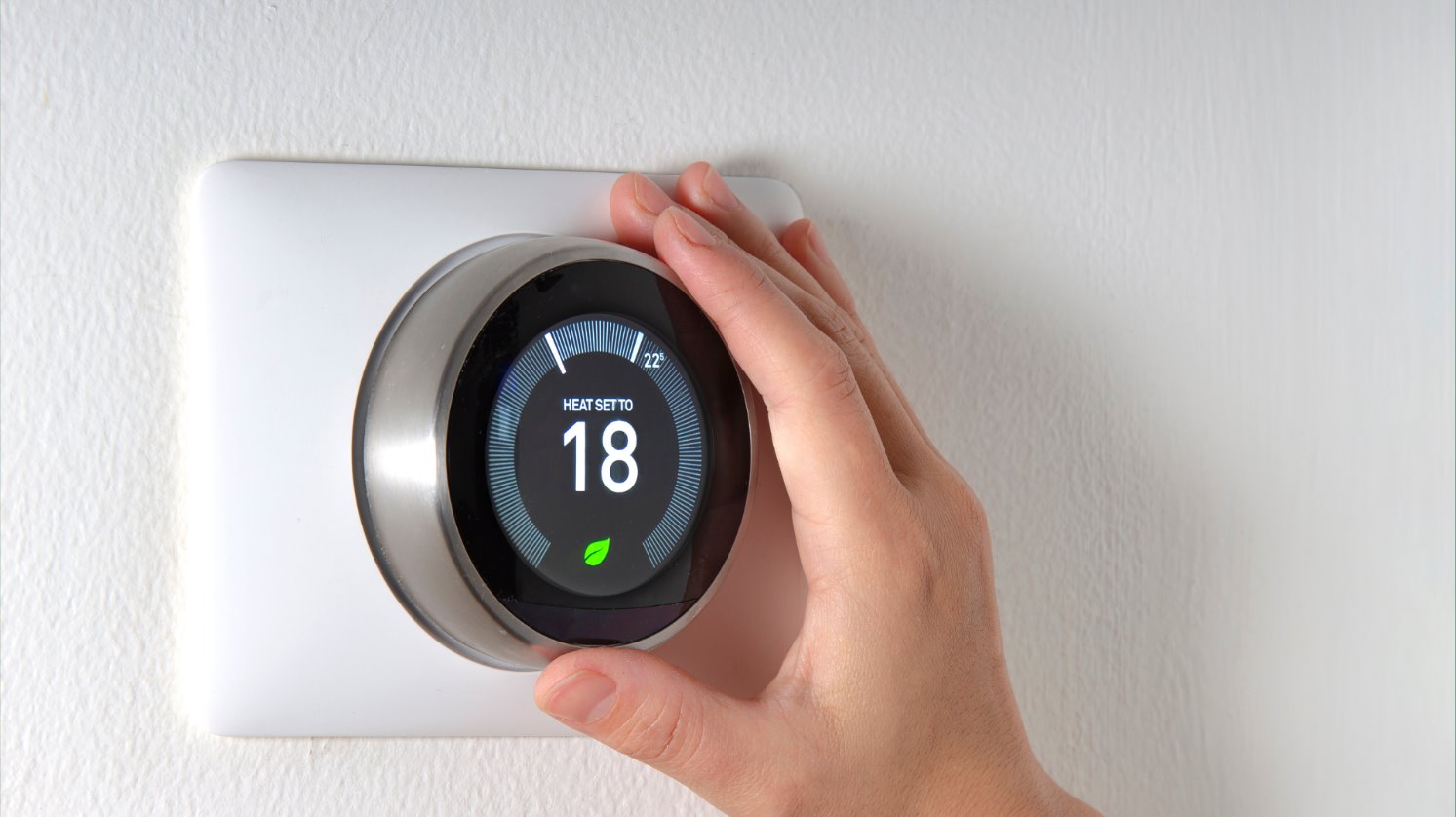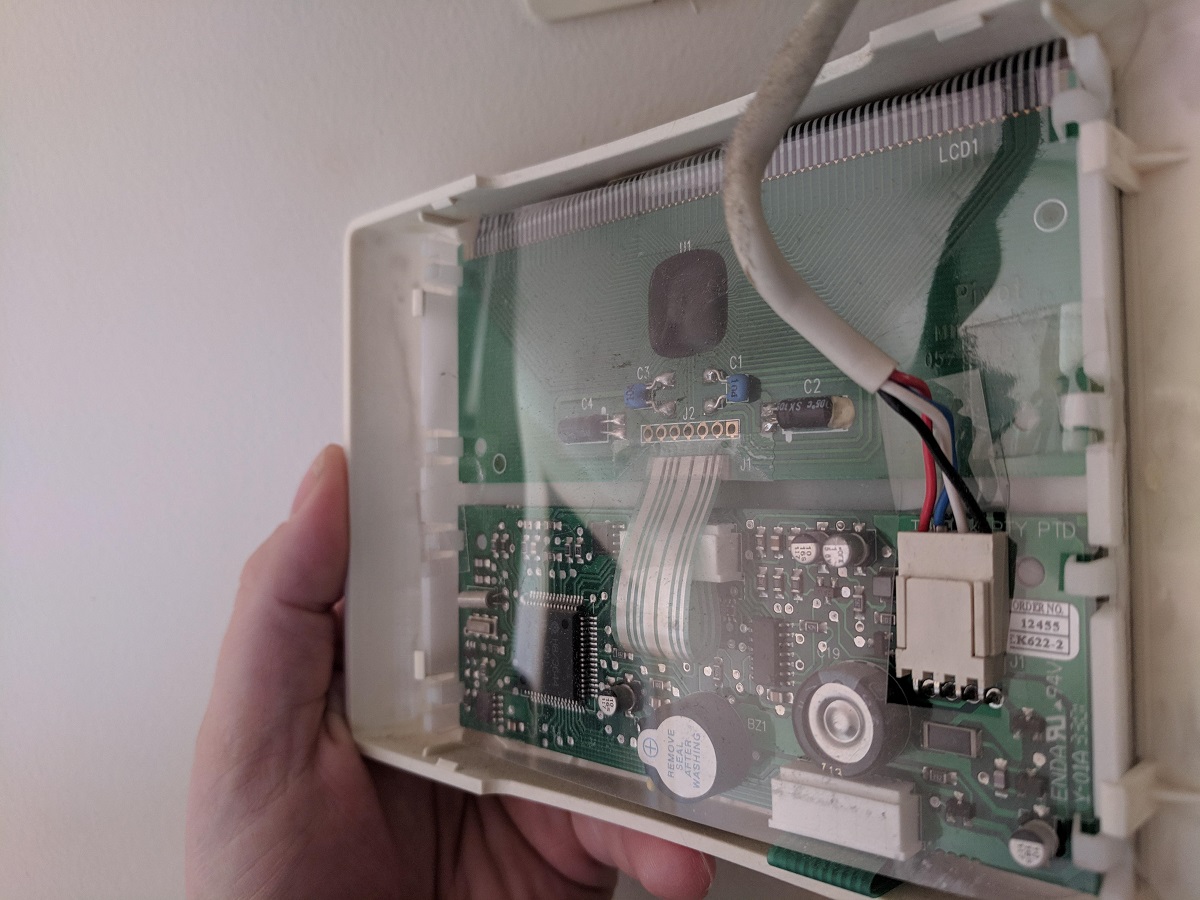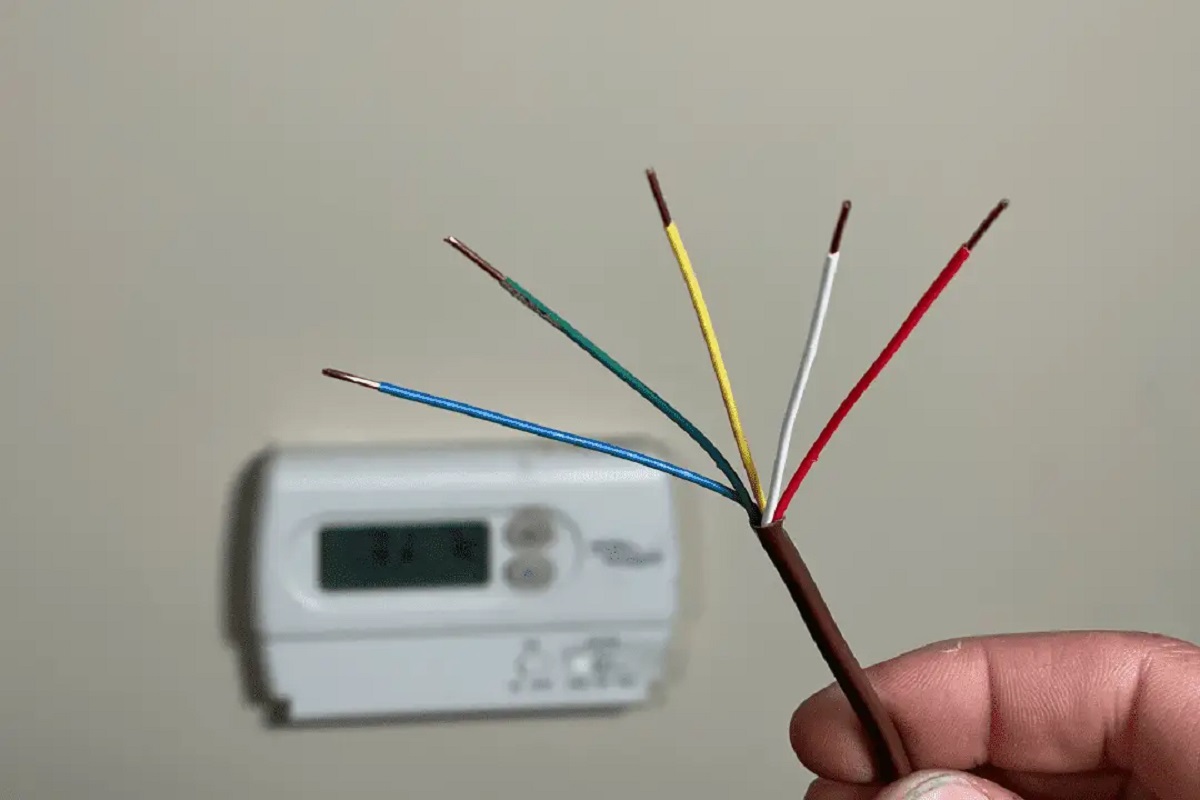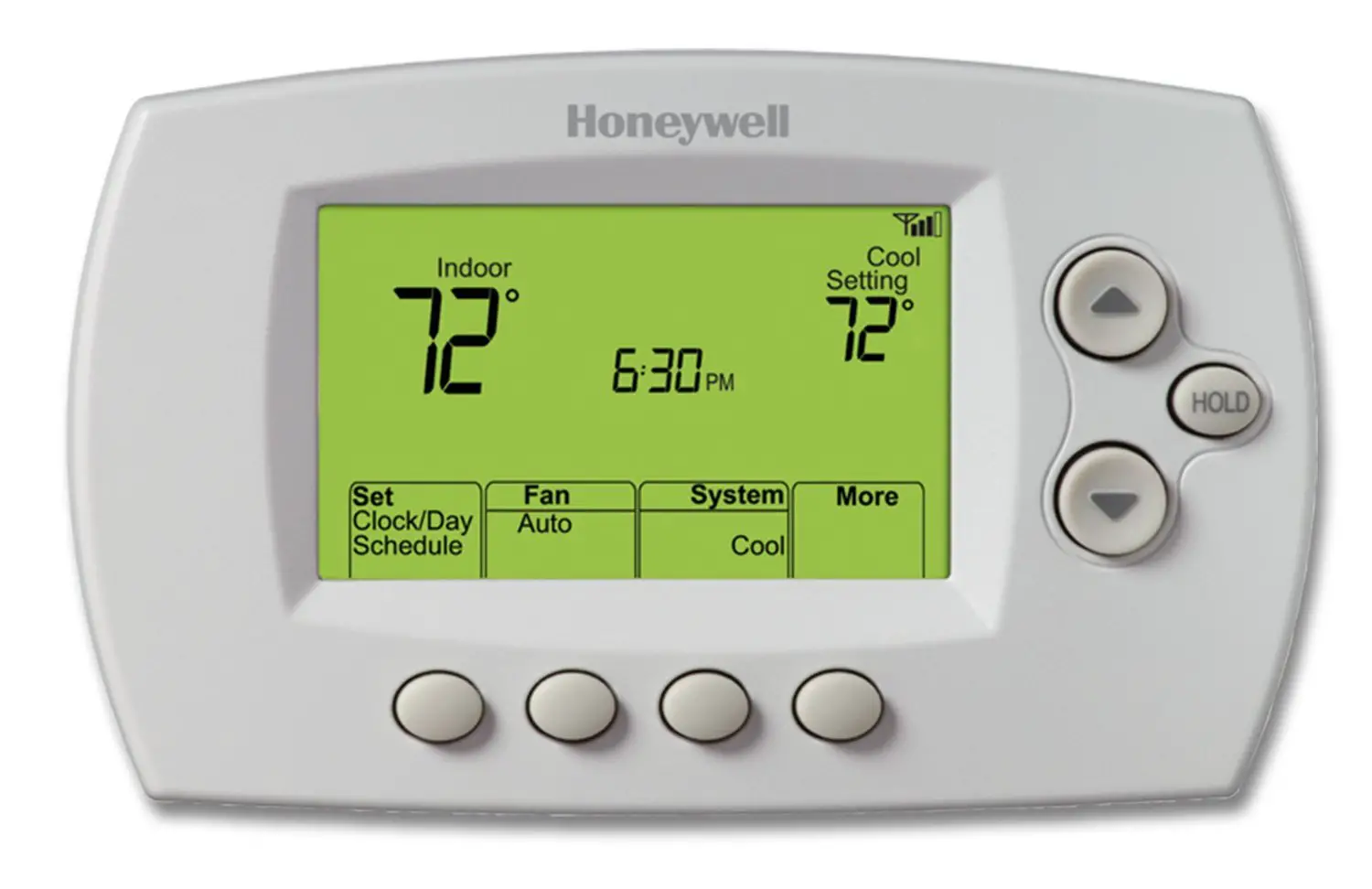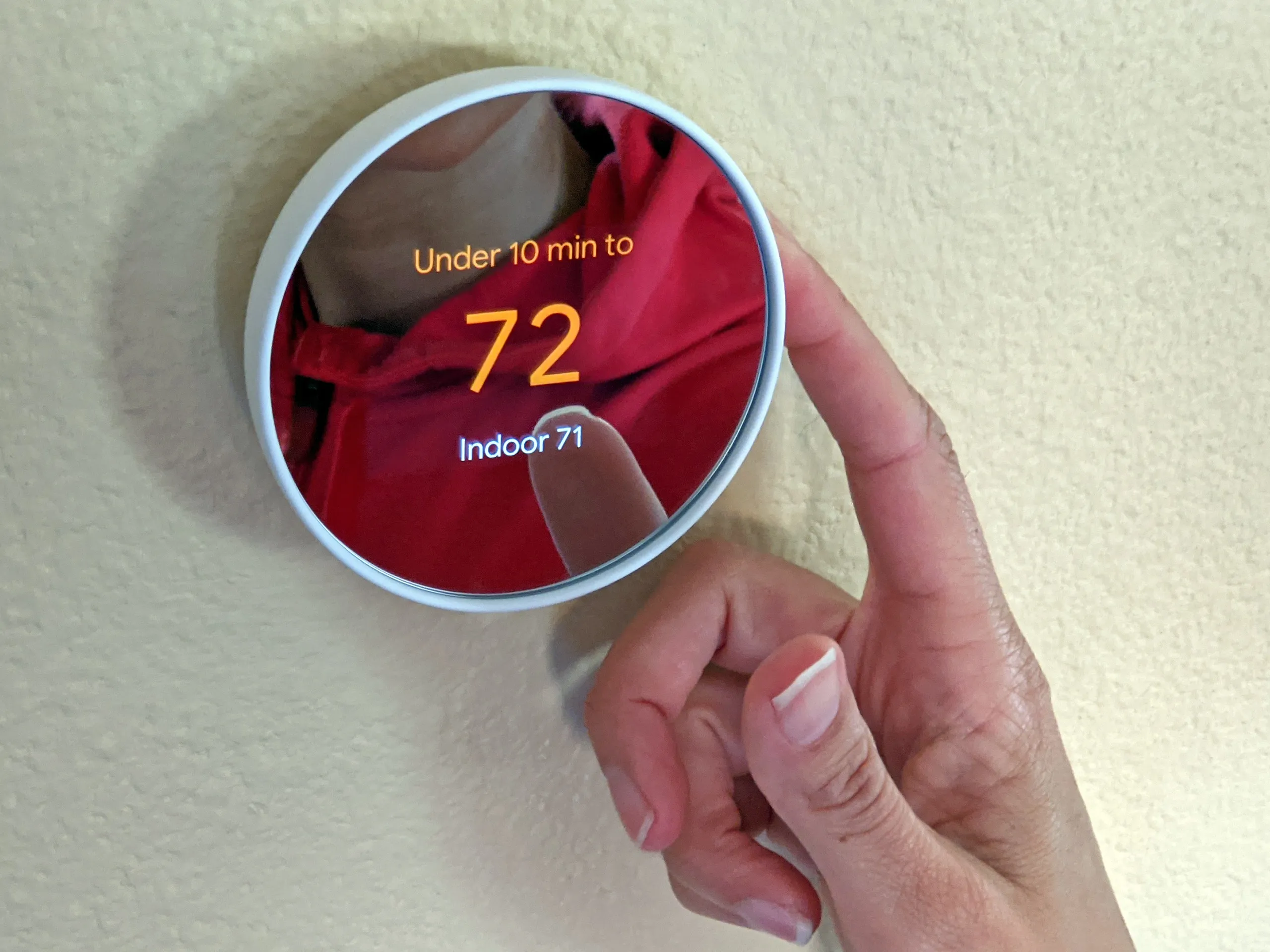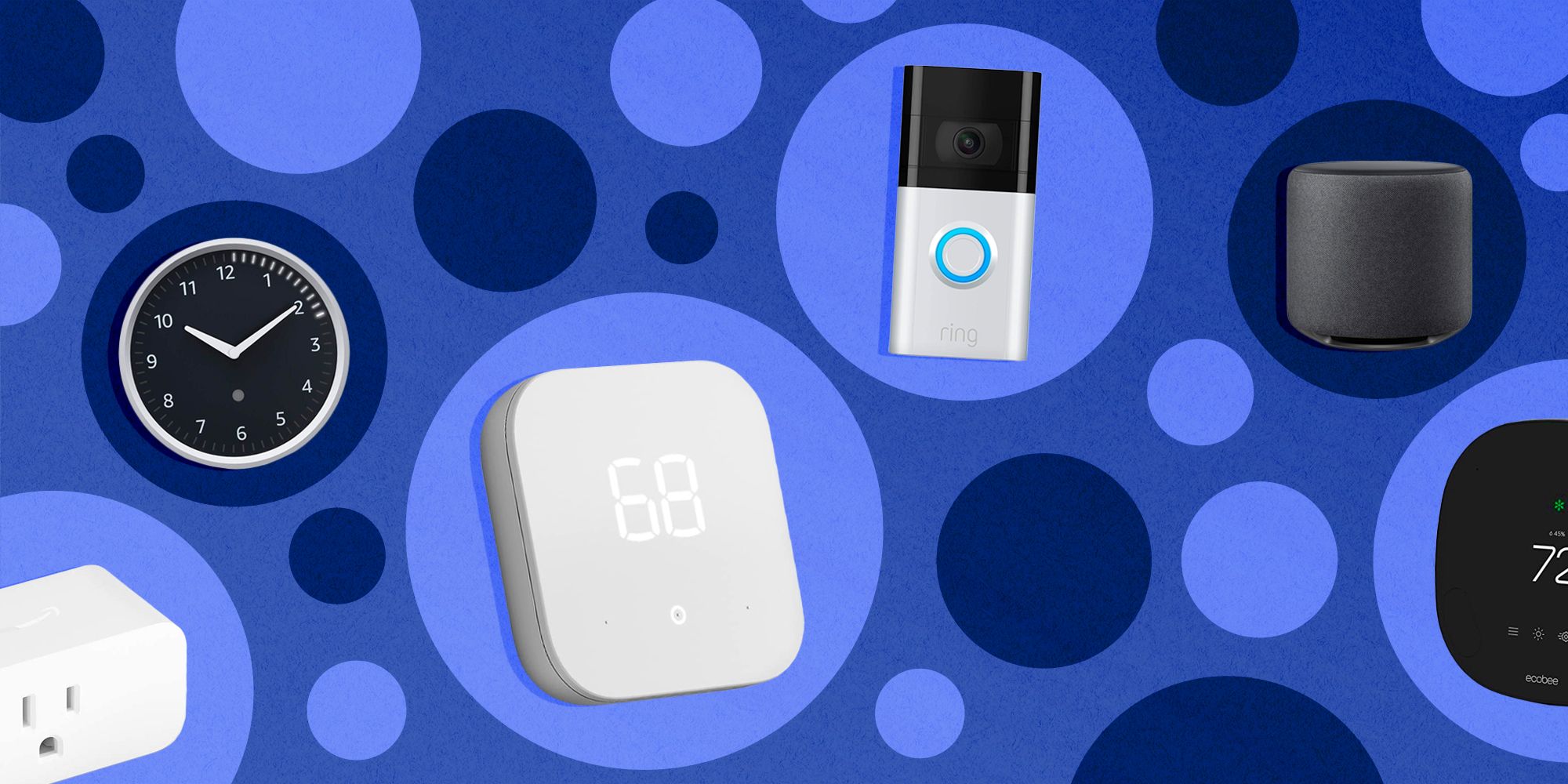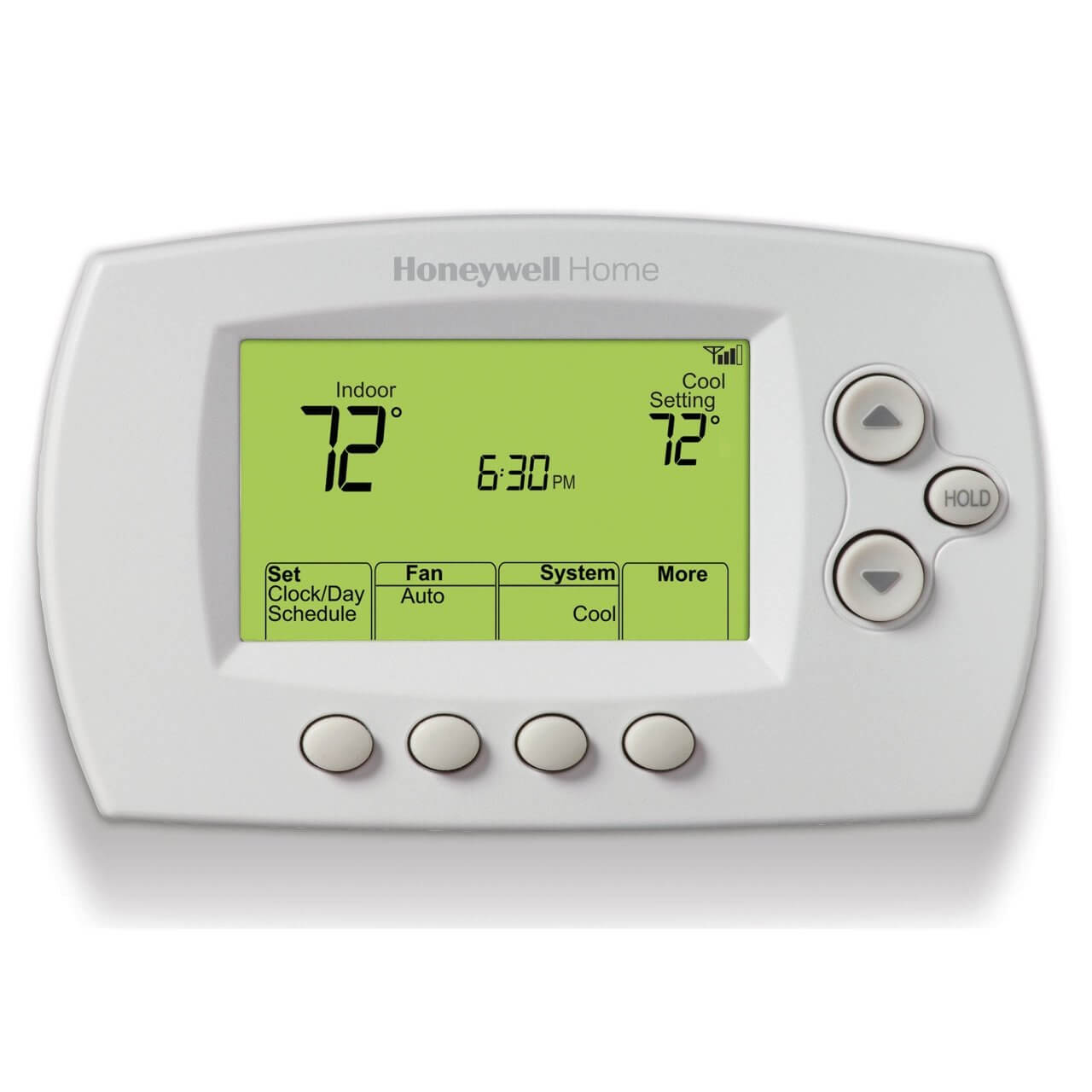Introduction
Are you ready to upgrade your home's heating and cooling system with a smart thermostat, but you're concerned because you only have a 2-wire setup? Fear not! This comprehensive guide will walk you through the process of wiring a smart thermostat with only 2 wires. While most smart thermostats require a "C-wire" for power, there are several models on the market designed to work with 2-wire systems, offering energy-saving features and remote access capabilities.
By understanding the unique wiring requirements of a 2-wire system and selecting the right smart thermostat, you can enjoy the convenience and efficiency of modern temperature control without the need for extensive rewiring. Whether you're a seasoned DIY enthusiast or a first-time homeowner, this guide will equip you with the knowledge and confidence to successfully install a smart thermostat in your 2-wire setup.
Stay tuned as we delve into the intricacies of 2-wire systems, explore the compatibility of various smart thermostats, provide step-by-step wiring instructions, and offer valuable tips for testing and troubleshooting. Let's embark on this journey to elevate your home's comfort and energy efficiency with a smart thermostat designed for 2-wire configurations.
Understanding the 2-Wire System
Before delving into the installation process, it’s crucial to grasp the fundamentals of a 2-wire HVAC system. In a traditional setup, thermostats rely on a 4 or 5-wire configuration to power the display, manage heating and cooling functions, and facilitate communication with the HVAC system. However, older homes or certain installations may feature a 2-wire system, which presents unique challenges when integrating a smart thermostat.
A 2-wire system typically consists of two wires: one for heating and one for cooling. These wires are responsible for transmitting signals to activate the heating or cooling components of the HVAC system. While this setup may seem limiting, advancements in smart thermostat technology have made it possible to harness the full potential of these systems, enabling remote temperature control, scheduling, and energy-saving features.
Understanding the limitations and capabilities of a 2-wire system is essential for selecting a compatible smart thermostat and ensuring a seamless installation process. By recognizing the specific functions of each wire and the constraints of a 2-wire setup, homeowners can make informed decisions when choosing a smart thermostat that aligns with their HVAC system’s configuration.
As we navigate through the intricacies of 2-wire systems, we’ll explore the diverse options available for smart thermostats, empowering you to make a well-informed choice that suits your home’s unique heating and cooling setup.
Choosing the Right Smart Thermostat
When dealing with a 2-wire system, selecting the appropriate smart thermostat is pivotal to a successful installation and optimal performance. Not all smart thermostats are designed to operate with limited wiring, so it’s essential to consider compatibility and functionality when making your choice.
First and foremost, look for smart thermostats explicitly labeled or marketed as compatible with 2-wire systems. These models are engineered to operate efficiently within the constraints of such setups, ensuring that they can effectively control heating and cooling without the need for additional wires.
Next, consider the features that matter most to you. While some smart thermostats offer advanced functionalities such as learning algorithms, geofencing, and humidity control, others prioritize simplicity and ease of use. Assess your preferences and lifestyle to determine the features that will enhance your comfort and energy efficiency.
Compatibility with your HVAC system is non-negotiable. Ensure that the smart thermostat you choose is compatible with your specific heating and cooling equipment, including any proprietary systems or components. Manufacturers often provide compatibility checkers on their websites, allowing you to verify whether a particular model will work seamlessly with your 2-wire setup.
Remote access and smart home integration can elevate your thermostat’s utility. Look for smart thermostats that offer intuitive mobile apps, voice control compatibility, and integration with popular smart home platforms. These capabilities enable you to adjust your home’s temperature remotely, create schedules, and integrate your thermostat into a broader smart home ecosystem.
Lastly, consider the design and user interface of the smart thermostat. A clear, intuitive interface and aesthetically pleasing design can enhance the user experience and ensure that you can effortlessly control your home’s climate settings.
By carefully evaluating these factors and choosing a smart thermostat tailored to 2-wire systems, you can set the stage for a seamless and effective installation, empowering you to harness the full potential of modern temperature control technology.
Wiring the Smart Thermostat
With the right smart thermostat in hand, it’s time to proceed with the wiring process. While a 2-wire system presents unique challenges, the installation of a compatible smart thermostat is well within reach for most homeowners. Before starting, it’s crucial to turn off the power to your HVAC system to ensure safety throughout the process.
Begin by identifying the two wires in your system. Typically, these wires are designated as “R” and “W,” representing power and heating, respectively. It’s essential to verify the labeling and consult your HVAC system’s manual to confirm the functions of each wire.
Once you’ve identified the wires, carefully connect them to the corresponding terminals on the smart thermostat. In most cases, the “R” wire connects to the “R” or “Rh” terminal, while the “W” wire connects to the “W” terminal. Ensure that the connections are secure and that there are no exposed wires to prevent any potential hazards.
Some smart thermostats designed for 2-wire systems may include specific instructions or adapters to facilitate the installation process. Be sure to follow the manufacturer’s guidelines closely, as they may provide additional insights or precautions tailored to your thermostat model.
After wiring the smart thermostat, restore power to your HVAC system and proceed with the setup process outlined in the thermostat’s manual. This typically involves configuring the thermostat’s settings, connecting it to your home’s Wi-Fi network, and installing any companion apps for remote access and control.
Throughout the installation, pay close attention to any indicators or prompts from the thermostat to ensure that it is functioning correctly and communicating with your HVAC system. Some smart thermostats feature diagnostic tools or setup wizards to streamline the process and identify any potential issues.
Upon completing the installation and setup, take a moment to test the thermostat’s functionality. Verify that it can activate your HVAC system’s heating and cooling components as expected, and ensure that the display and remote access features are operational.
By following these steps and adhering to the manufacturer’s instructions, you can successfully wire a smart thermostat in a 2-wire system, paving the way for enhanced comfort, energy efficiency, and control over your home’s climate.
Testing and Troubleshooting
After wiring your smart thermostat in a 2-wire system, thorough testing is essential to ensure that it operates seamlessly and effectively controls your HVAC system. Begin by verifying that the thermostat accurately displays the current temperature and responds to adjustments made through its interface or companion app.
Test the heating and cooling functions by setting the thermostat to activate both modes. Monitor your HVAC system to confirm that it responds appropriately to the thermostat’s commands. If any issues arise, double-check the wiring connections and consult the thermostat’s manual for troubleshooting guidance.
Remote access capabilities are a hallmark of smart thermostats. Ensure that you can successfully control the thermostat through its companion app or any integrated smart home platforms. This allows you to adjust the temperature remotely and create schedules tailored to your lifestyle.
Validate the accuracy of any energy-saving features or learning algorithms offered by the smart thermostat. Monitor its behavior over a few days to gauge its ability to optimize energy usage while maintaining your desired comfort levels. If discrepancies arise, review the thermostat’s settings and consult the manufacturer’s resources for guidance.
If you encounter any challenges during the testing phase, consult the troubleshooting section of the thermostat’s manual. Manufacturers often provide comprehensive guidance for addressing common issues, ensuring that you can swiftly resolve any operational hiccups.
In the event of persistent issues, consider reaching out to the smart thermostat’s customer support for further assistance. They can offer tailored troubleshooting advice and, if necessary, guide you through additional steps to rectify any underlying problems.
Regular maintenance and periodic checks are crucial for ensuring the continued performance of your smart thermostat in a 2-wire system. Stay attuned to any updates or notifications from the manufacturer regarding firmware upgrades or maintenance recommendations to optimize your thermostat’s functionality.
By conducting thorough testing and remaining vigilant for any operational anomalies, you can maximize the benefits of your smart thermostat while proactively addressing any potential issues that may arise in the future.
Conclusion
Embarking on the journey to wire a smart thermostat in a 2-wire system may initially seem daunting, but armed with the right knowledge and guidance, homeowners can confidently navigate the installation process and unlock the benefits of modern temperature control technology.
Understanding the unique characteristics of a 2-wire HVAC system is fundamental to selecting a compatible smart thermostat that aligns with your home’s heating and cooling setup. By choosing a smart thermostat explicitly designed for 2-wire configurations, homeowners can harness advanced features, remote access capabilities, and energy-saving functionalities without the need for extensive rewiring.
Wiring the smart thermostat involves identifying the two wires in the system and securely connecting them to the corresponding terminals on the thermostat. Following the manufacturer’s instructions and heeding safety precautions throughout the installation process ensures a smooth and hazard-free experience.
Thorough testing and troubleshooting are pivotal steps in validating the smart thermostat’s functionality, ensuring that it can precisely control the HVAC system, provide remote access, and optimize energy usage. By diligently monitoring the thermostat’s performance and promptly addressing any issues, homeowners can maintain a comfortable and energy-efficient home environment.
As technology continues to evolve, smart thermostats offer an avenue for homeowners to elevate their living spaces by seamlessly integrating modern conveniences and energy-saving features. With the knowledge and insights gleaned from this guide, homeowners can confidently embark on the journey to wire a smart thermostat in a 2-wire system, enhancing their comfort, control, and environmental sustainability.
By embracing the possibilities of smart thermostat technology, homeowners can not only optimize their home’s energy usage but also contribute to a more sustainable future. The seamless integration of advanced temperature control capabilities into 2-wire systems underscores the adaptability and innovation driving the evolution of smart home technology.
As you embark on this endeavor, remember that the successful installation of a smart thermostat in a 2-wire system empowers you to optimize your home’s comfort and energy efficiency, all while embracing the transformative potential of modern technology.







